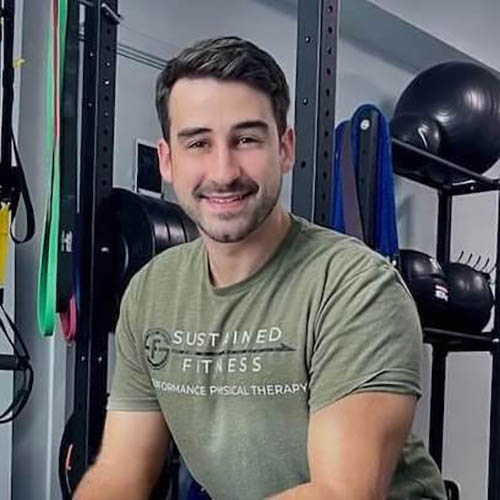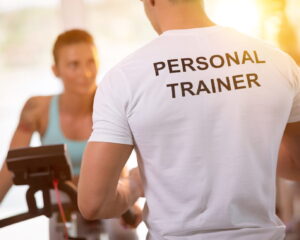Introduction: In the realm of sports physical therapy, especially in Boston, there's a muscle group that demands our attention yet often remains underappreciated—the adductors or inner thigh muscles. Essential for athletes and active individuals, particularly runners and bikers, understanding and strengthening this muscle group is crucial for optimal performance and injury prevention. At Sustain Physical …
Unlocking the Power of Adductors for Enhanced Sports Performance

Introduction:
In the realm of sports physical therapy, especially in Boston, there’s a muscle group that demands our attention yet often remains underappreciated—the adductors or inner thigh muscles. Essential for athletes and active individuals, particularly runners and bikers, understanding and strengthening this muscle group is crucial for optimal performance and injury prevention. At Sustain Physical Therapy, we emphasize the significance of adductors in achieving athletic excellence and injury resilience.
The Crucial Role of Adductors in Movement and Sports:
The adductors play a pivotal role in stabilizing movements, especially in activities that propel us forward. For runners, hikers, and bikers in Boston, these muscles facilitate force transfer from one leg to the other, a fundamental aspect of efficient and powerful movement. Recognizing the importance of adductors can significantly enhance performance training strategies and reduce the risk of common springtime injuries, such as hamstring and adductor strains, often observed by sports physical therapy professionals.
Biomechanical Insights: Transition from Treadmill to Pavement:

A notable observation in running physical therapy involves the biomechanical adjustment runners undergo transitioning from treadmill to outdoor running. The treadmill’s moving platform necessitates less force transfer between legs, primarily engaging in a “bouncing” motion. Conversely, outdoor running in Boston’s terrain requires a more pronounced force transfer, heavily involving the adductors, particularly the adductor magnus. This shift can lead to increased strain on the adductors or hamstrings if they’re unprepared for the sudden change in dynamics.
Targeted Adductor Strengthening Exercises:
At Sustain Physical Therapy in Boston, we advocate for incorporating specific exercises into your routine to bolster the adductors, thereby enhancing performance and minimizing injury risks:
- Front Foot Elevated Split Squat with IR Bias: A specialized squat variation that emphasizes inner thigh engagement, crucial for stabilizing lateral movements and improving force transfer efficiency.
- Sprinter Side Planks: Incorporating an elevated arm on a bench if necessary, this exercise targets the core and adductors, simulating the stabilization required during dynamic sports activities.
- Med Ball Side Lunge: This functional movement not only strengthens the adductors but also mimics the lateral force transfer essential in many sports, promoting both agility and muscle endurance.
- Lateral Kettlebell Hip Shift: A dynamic exercise that challenges the adductors through controlled lateral movement, fostering both strength and stability in the pelvic region.
Conclusion:
Understanding the critical role of the adductor muscle group in forward movement activities is paramount for athletes seeking to enhance their performance and prevent injuries. Whether it’s running physical therapy or general sports physical therapy, incorporating adductor-strengthening exercises can make a significant difference. For those in Boston looking to elevate their athletic capabilities or recover from related injuries, Sustain Physical Therapy offers tailored performance training and rehabilitation strategies designed to keep you moving forward, stronger, and more resilient than ever.
Dr. Adam Babcock PT, DPT
“We Help Active Adults Quickly Recover From Pain Or Injury So They Can Stay Active, Get Back To What They Love To Do, and Do It For Decades”






